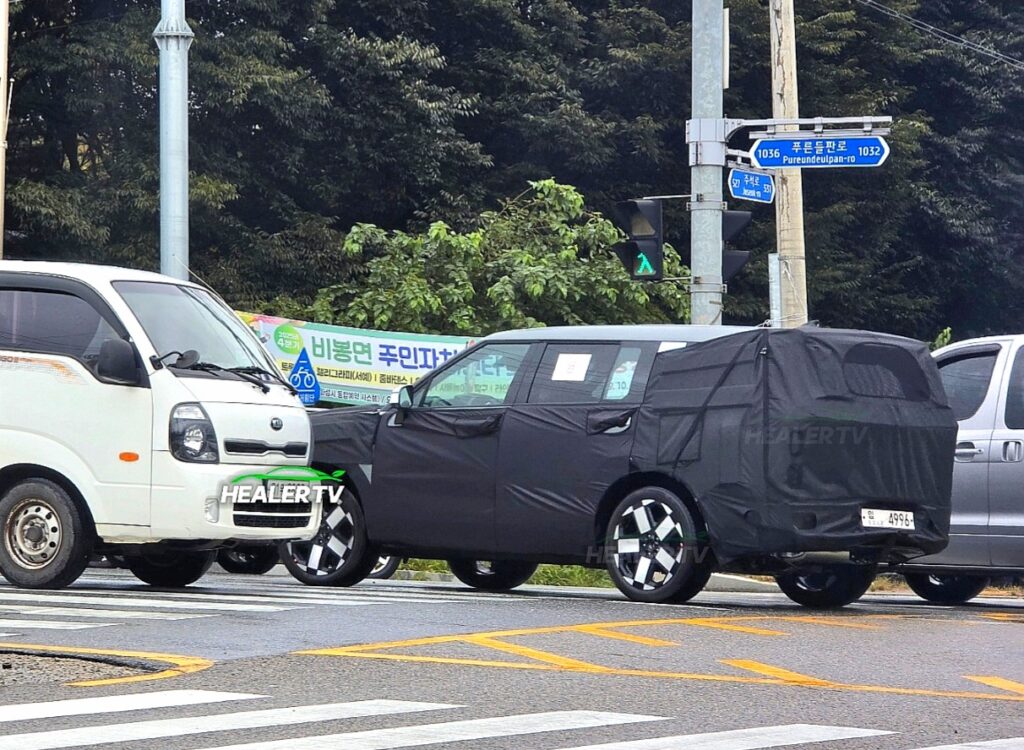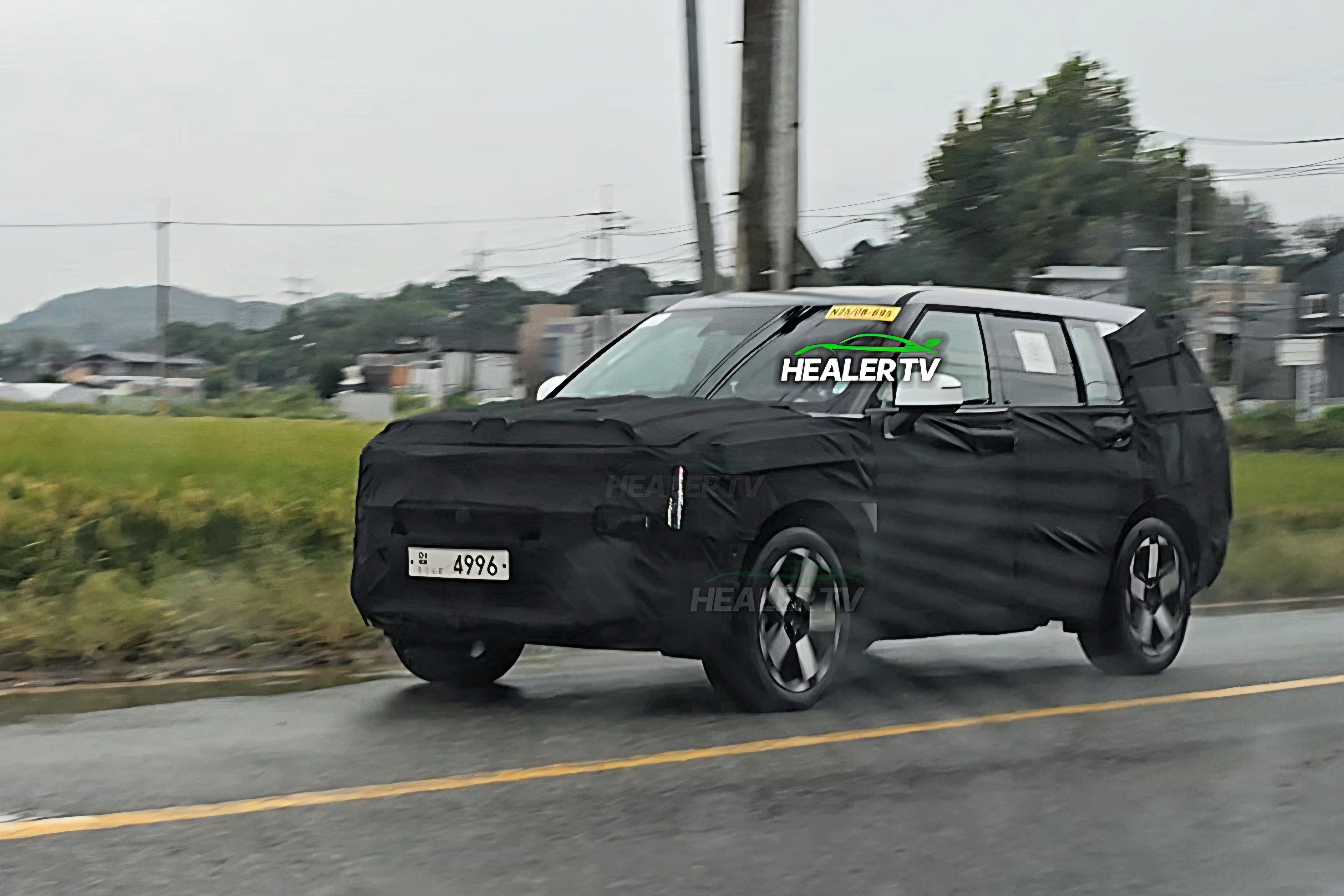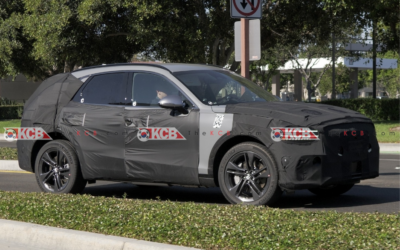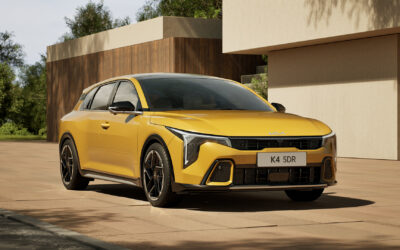The Hyundai Santa Fe has always been a crucial model in Hyundai’s SUV lineup, but the current fifth-generation (MX5), launched in 2023, hasn’t lived up to expectations. While it introduced a bold, squared-off design, critics and buyers alike have found it too boxy and polarizing. Sales in South Korea slipped after launch, with the Santa Fe often outsold by the Kia Sorento, Kia Carnival, and Hyundai’s own Palisade. In the U.S., however, it has maintained solid sales but has been criticized for its DCT transmission.
Now, the first prototype of the 2027 Hyundai Santa Fe Facelift has been spotted in South Korea by our colleagues at Healer TV, and it appears Hyundai is listening to feedback. The upcoming update promises a dramatic styling change that brings the Santa Fe closer to the sleeker, more modern lines of the next-generation Hyundai Tucson. At the same time, it is expected to replace the criticized DCT transmission with a torque-converter unit.
From Polarizing to Polished: The New Styling Direction
The facelifted Santa Fe is expected to undergo one of the most radical mid-cycle design updates in Hyundai’s recent history. Based on early spy shots and renderings from KKSStudio, the SUV will incorporate Hyundai’s latest “Art of Steel” design language, first showcased on the next-generation NEXO.
Key changes include:
- Redesigned front fascia with slimmer headlights and side-mounted DRLs, replacing the current chunky setup.
- A more refined four-bar grille with cleaner integration, moving away from the rugged Land Rover-inspired look.
- Sleeker body sides with horizontal molding that emphasize width instead of bulk.
- At the rear, vertical taillights linked by a full-width horizontal brake light bar, plus a relocated license plate for a more upscale feel.
- A matte-finished skid plate and gloss-black trim accents to strike a balance between ruggedness and sophistication.
The overall effect is a less boxy, more aerodynamic stance, giving the Santa Fe a premium SUV appearance closer to the Tucson and even Hyundai’s flagship Palisade.
Why the Design Change Matters
The current Santa Fe’s rugged, off-road-inspired look was meant to distinguish it in a crowded midsize SUV market. Instead, it alienated buyers who preferred the sleeker designs of rivals like the Kia Sorento or Toyota Highlander. With sales dropping steadily through early 2025—even after the introduction of the hybrid—the facelift represents a critical chance for Hyundai to win back customers.
By aligning the Santa Fe with Hyundai’s more modern design philosophy, the facelift should broaden its appeal, especially among families and urban drivers who want a stylish but practical SUV.
Mechanical Upgrade: Transmission Fix
Alongside the design refresh, Hyundai confirmed a major mechanical upgrade: all 2.5-liter turbo Santa Fe models will drop the controversial eight-speed dual-clutch transmission (DCT) in favor of a torque-converter automatic transmission. The move comes after years of consumer complaints about jerky low-speed driving, clunky shifts, and warranty claims.
This update will also apply to the Hyundai Santa Cruz, which shares the same drivetrain. The hybrid Santa Fe will continue with its 1.6-liter turbo engine and smooth six-speed automatic.
Release Timeline
The 2027 Hyundai Santa Fe Facelift is expected to debut in late 2026 or early 2027, with the new torque-converter automatic and refreshed styling leading the way.






